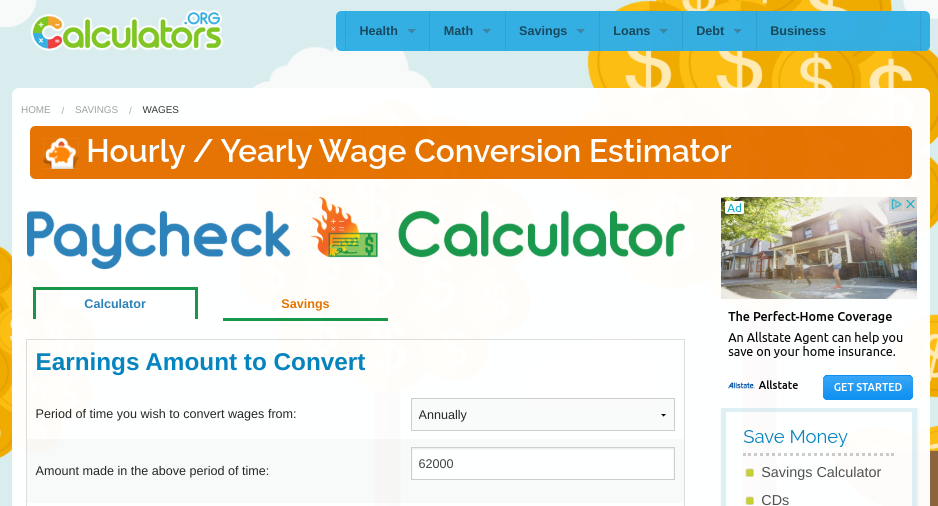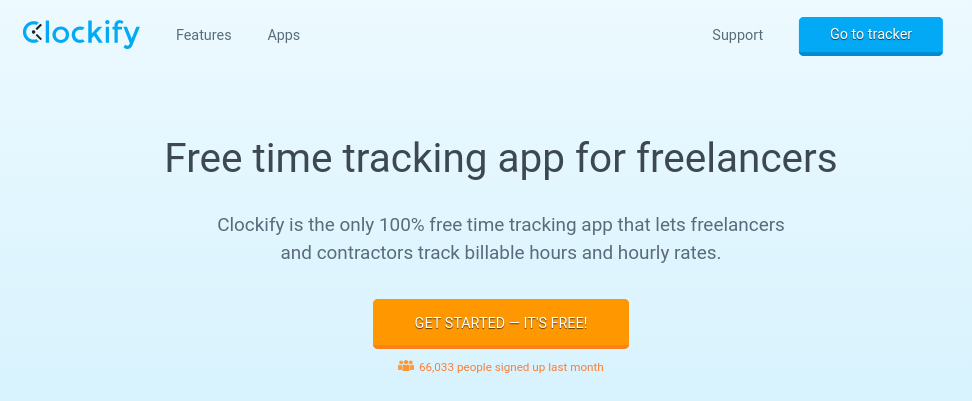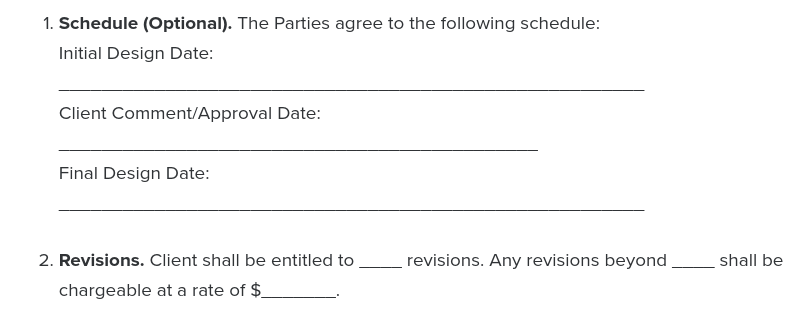Whether you’re starting your own business or considering a freelance career, one major decision you’ll be faced with is deciding how to charge your clients. As a developer, this can be particularly challenging. Hourly billing can protect the value of your time, but it could mean making less than you would with a flat fee.
The good news is that there are simple steps you can take to determine the most beneficial type of billing for your specific circumstances. By choosing the right method, you’ll be able to maximize your earnings and profits.
In this post, we’ll discuss the pros and cons of hourly versus flat-rate pricing structures. Then we’ll provide you with three tips to help you choose the best option for your business. Let’s get started!
Hourly vs. Fixed Rates: The Pros and Cons for Developers
As a developer, it’s important to develop a fair pricing structure for your services. Two of the most common methods are charging by the hour and charging per project. Let’s take a closer look at the pros and cons of each option.
Hourly Rates
One of the most significant advantages of charging hourly rates is that you’re guaranteed to be paid for your time. Sometimes client requests can quickly spiral out of control, so charging by the hour safeguards the value of your time.
You can also keep track of the amount of time spent on each task. This makes it easier to charge an amount that accurately reflects the work involved in a project, including elements like client communications, unexpected revisions, etc.
Another benefit is that this type of billing can put less pressure on your schedule, by giving you more flexibility and control over when you work. On the other hand, you may deal with clients questioning how much time it actually takes to complete specific tasks, which could compromise their trust.
Additionally, hourly rates can sometimes penalize you for being a fast worker. You may end up limiting your earning potential and making less than you otherwise could.
Finally, charging hourly rates requires you to be diligent about time tracking. Some developers may find this to be challenging, and a distraction from the work itself.
Fixed Rates
If you decide to charge fixed rates for client projects, you have the advantage of giving customers quotes upfront, which many will appreciate. Fixed project billing lets you charge for the value of your work, rather than just the time (which can be particularly beneficial for fast workers).
This method lets both you and the client know the baseline cost of each project. However, it’s also possible that you might underestimate how much time a project will take to complete, and in turn, end up charging less than you should have.
Using flat fees also requires a healthy amount of planning and contract outlining. For example, before you even begin the work, you’ll have to detail what’s included in the cost, the scope limitations, and the projected timelines.
In addition, fixed pricing can sometimes put you in difficult situations. You may find yourself caving to overly-demanding clients and working beyond what your initial fee covered.
4 Tips for Deciding Between Hourly and Fixed Project Billing
There are benefits to both fixed project billing and hourly billing. What works for others may not be the best solution for you. So how do you choose? Let’s take a look at four tips you can use to decide between the two methods.
1. Determine Your Hourly Rate
When you’re trying to decide how to bill clients, it helps to determine your hourly rate. Of course, you’ll need this anyway if you choose to charge by the hour. However, knowing how much your time is worth lets you accurately quote fixed-rate projects as well.
One method you can use to calculate your hourly rate is to add your average annual salary (or the industry standard) to the total cost of your expenses (home office equipment, software, etc.). Then, divide that number by billable hours per year.
Let’s say the average annual salary of a freelance web developer is $60,000, with yearly expenses of about $2,000. We’ll assume your billable hours are 46 weeks per year (accounting for time off) with 30-hour workweeks.
This would be about 1,380 billable hours per year. Then, $62,000 divided by 1,380 would average out to about $45 per hour.
To make calculating your hourly rate easier, you might also consider using a tool such as the Hourly/Yearly Wage Conversion Calculator by Calculators.org:

This website lets you convert annual salary into hourly rates. It also includes features to adjust income tax and determine what your earnings would be based on the specific hours and weeks worked.
Once you determine your hourly rate, you can use it to figure out potential fixed fees. For example, you can multiply your hourly rate by the hours spent on a project to get an idea for what your fixed rate could be.
2. Use a Time-Tracking Tool to Keep Detailed Records of Work Production
If you’re new in your development career, you may not know how long certain projects will take you. Therefore, it can be difficult to decide whether it would be more profitable to charge per hour or per project.
Using a time tracker is an effective way to get an accurate idea of how much time is actually spent on each task. The more you learn about your productivity, the easier it will be to choose a pricing structure that maximizes your earnings.
To do this, we recommend using a tool such as Clockify:

This solution is free and easy to use. You can add it as a browser extension, and even use it to generate reports for clients.
When tracking your time, it’s best to be as specific and detailed as possible. This includes making a note not only of how much time you spent working, but on which tasks as well (client communication, unexpected requests, etc.).
3. Be Honest With Yourself About the Type of Worker You Are
When you’re trying to determine which billing method to use, it’s important to be honest and realistic about the type of worker you are. Some helpful questions you might consider asking yourself include:
- Are you a ‘people-pleaser’, who has a habit of complying with unrealistic or unfair requests?
- Do you tend to over-promise, while thinking: I’ll figure it out later?
- Are you someone who is detailed, organized, and exercises strict time-management?
The answers to these questions can give you a better idea of which billing model you’re more suited for. For example, if you’re organized with strong self-discipline and time-management skills, flat fees might be ideal. On the other hand, if you’re known to give in to unrealistic client demands, you might fare better using hourly rates.
Remember that it’s important to protect yourself and your business when charging clients. That includes padding in the room needed for unexpected delays or requests.
4. Consider Using a Flexible Billing Model Based on the Specific Client or Project
One of the factors that can make deciding on a billing structure so difficult is the variety of clients and projects you’ll come across. Every client is different, and some projects are better suited for specific types of billing.
For example, if you know from the start that a client is going to be picky, hourly is probably the better option. Conversely, if the scope of the project is simple, clear-cut, and something you have a lot of experience with, you may be better off with a flat fee.
This is why you may want to consider using a flexible billing model that you can adjust based on the work (and client) at hand. If you go with fixed fees, it’s critical that you’re specific and thorough about the scope of the project in the contract and Statement of Work (SOW).
One effective option is to add a clause about billable hours that extended beyond the original SOW:

Incorporating this type of clause into your contracts prevents you from losing out on profit due to excessive client requests.
Developing a flexible billing model is also a helpful way to establish a balance between the two methods. Over time, it will let you see which is more beneficial.
Conclusion
When you’re a freelance developer, how you bill your clients can have a major effect on your income and productivity. Deciding whether it’s better to set your prices at a fixed rate or bill by the hour isn’t an easy task. However, there are strategies you can use to make choosing easier.
As we discussed in this post, there are four tips you can use to determine which project billing method is right for your income:
- Determine your hourly rate.
- Use a time-tracking tool to keep detailed records of your work production.
- Be honest with yourself about the type of worker you are.
- Consider using a flexible billing model based on the specific client or project.
Do you have any questions about deciding between hourly and fixed project billing? Let us know in the comments section below!
The post Hourly vs. Fixed Project Billing: Which Is Best for Your Income? appeared first on Torque.
